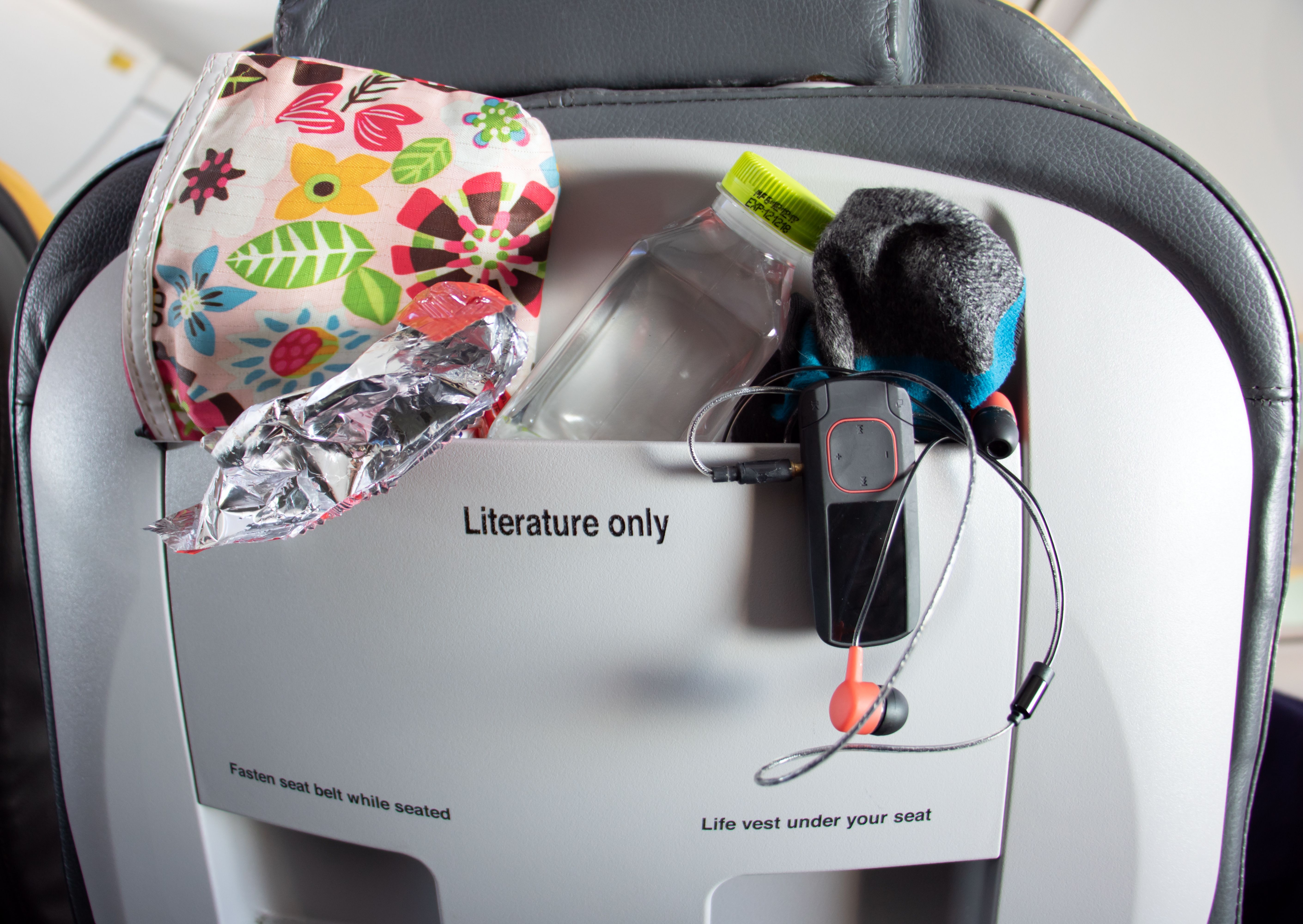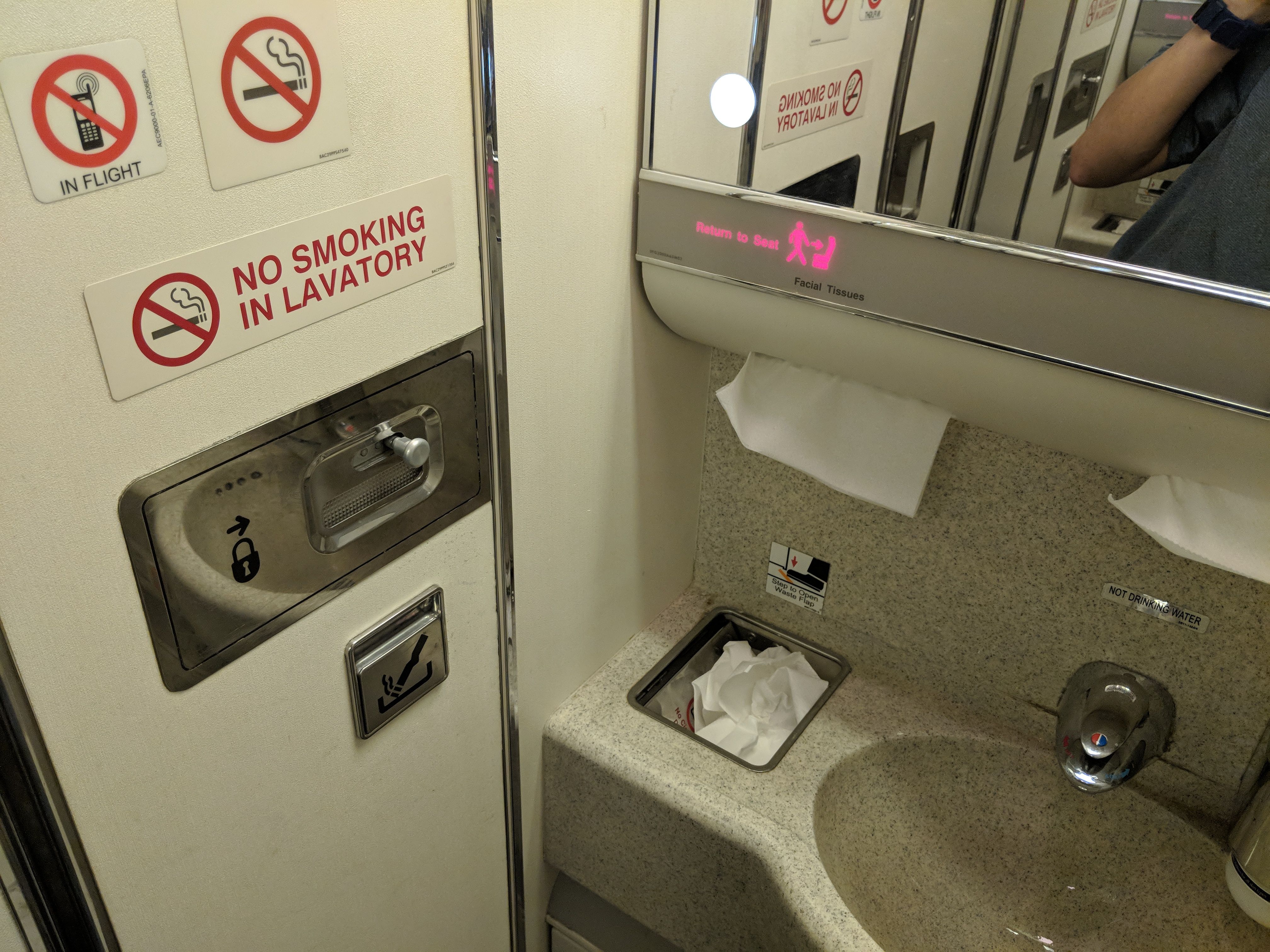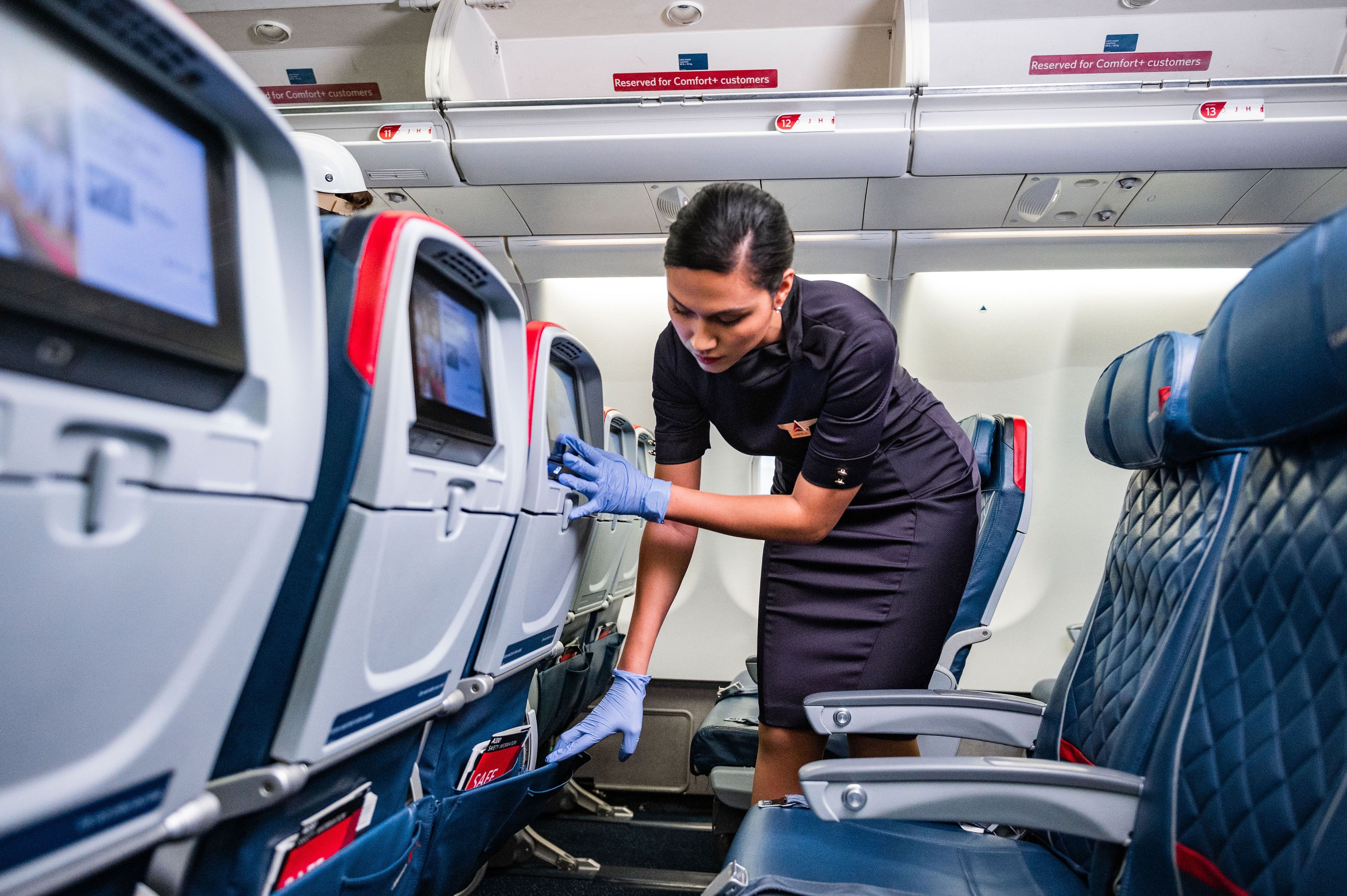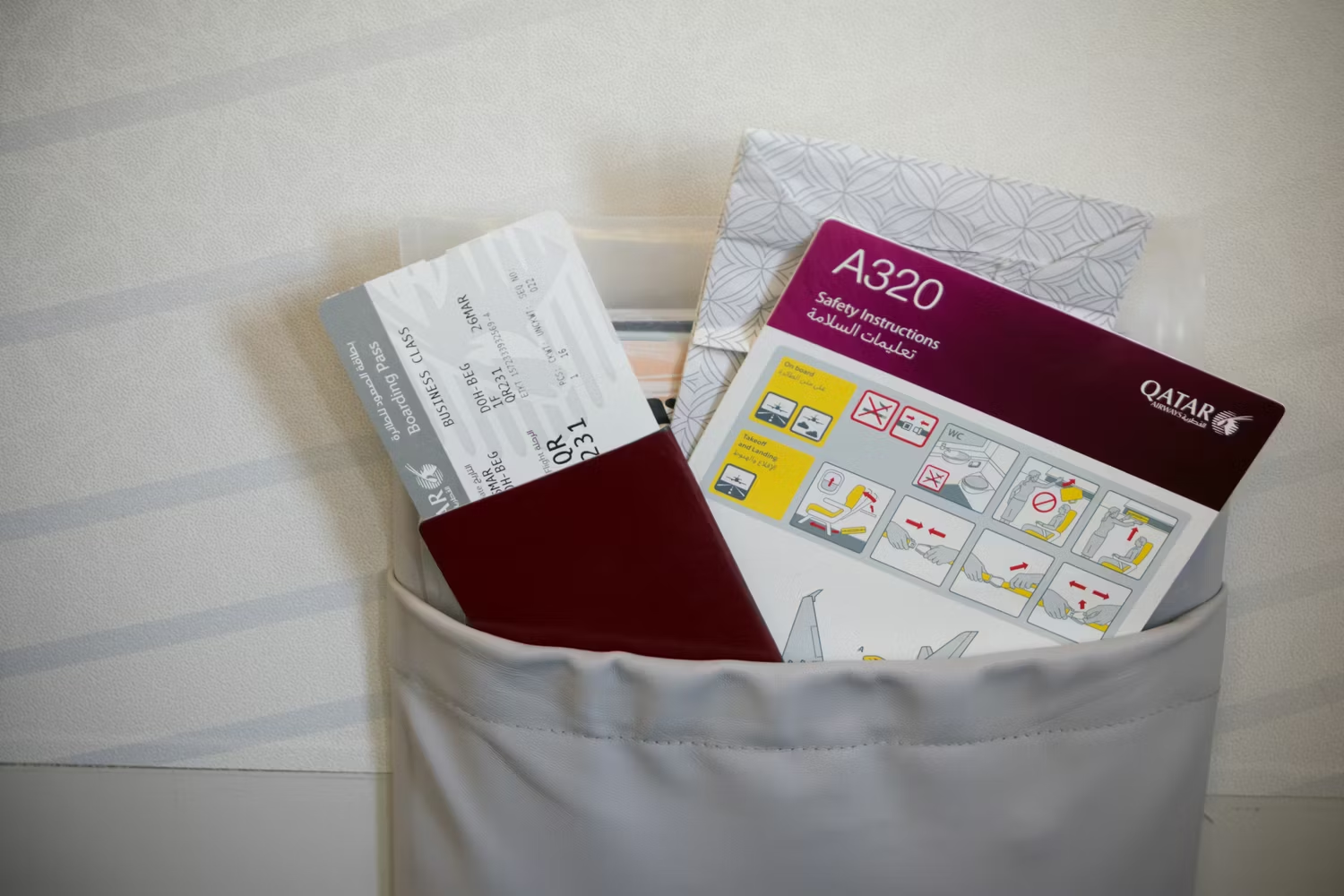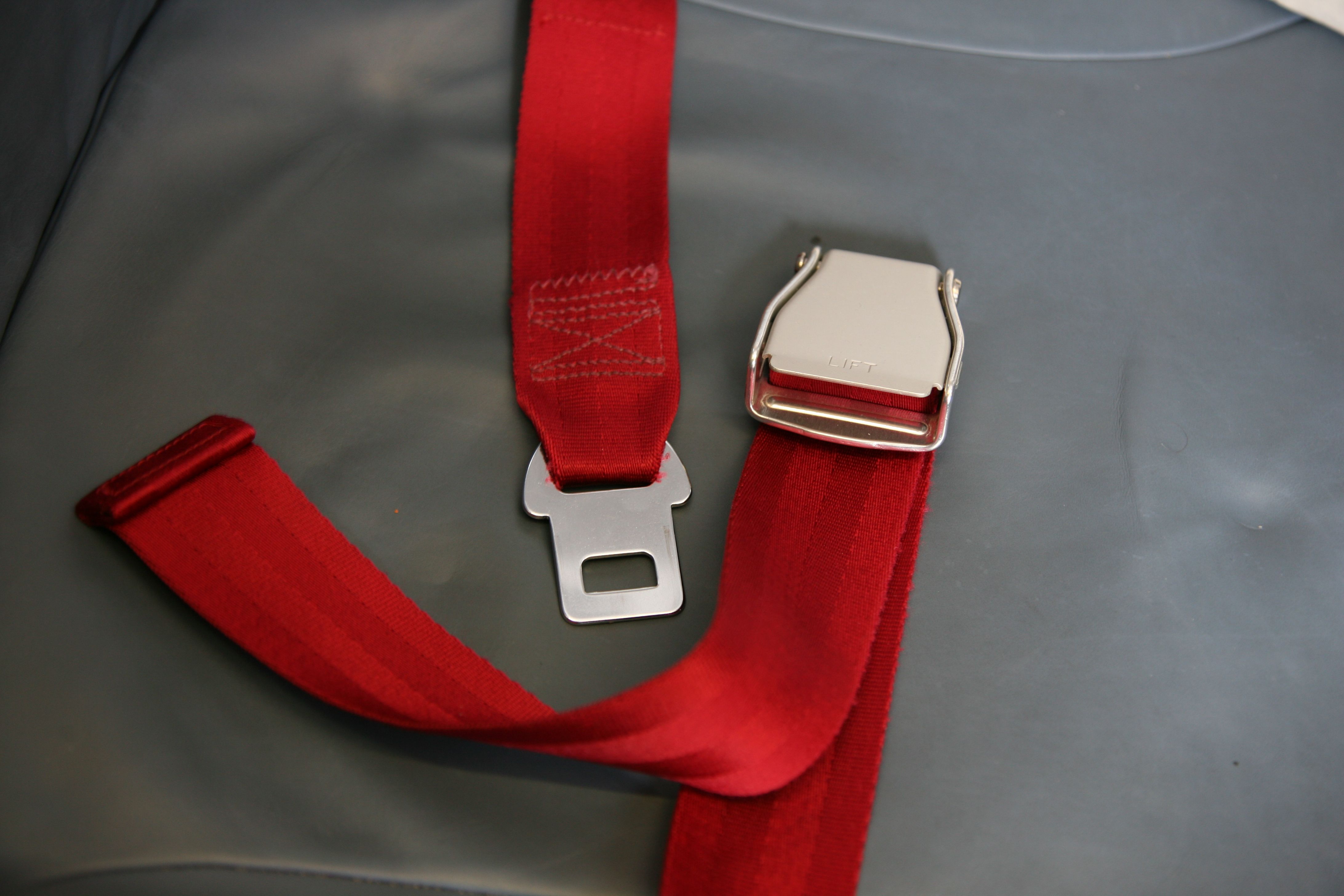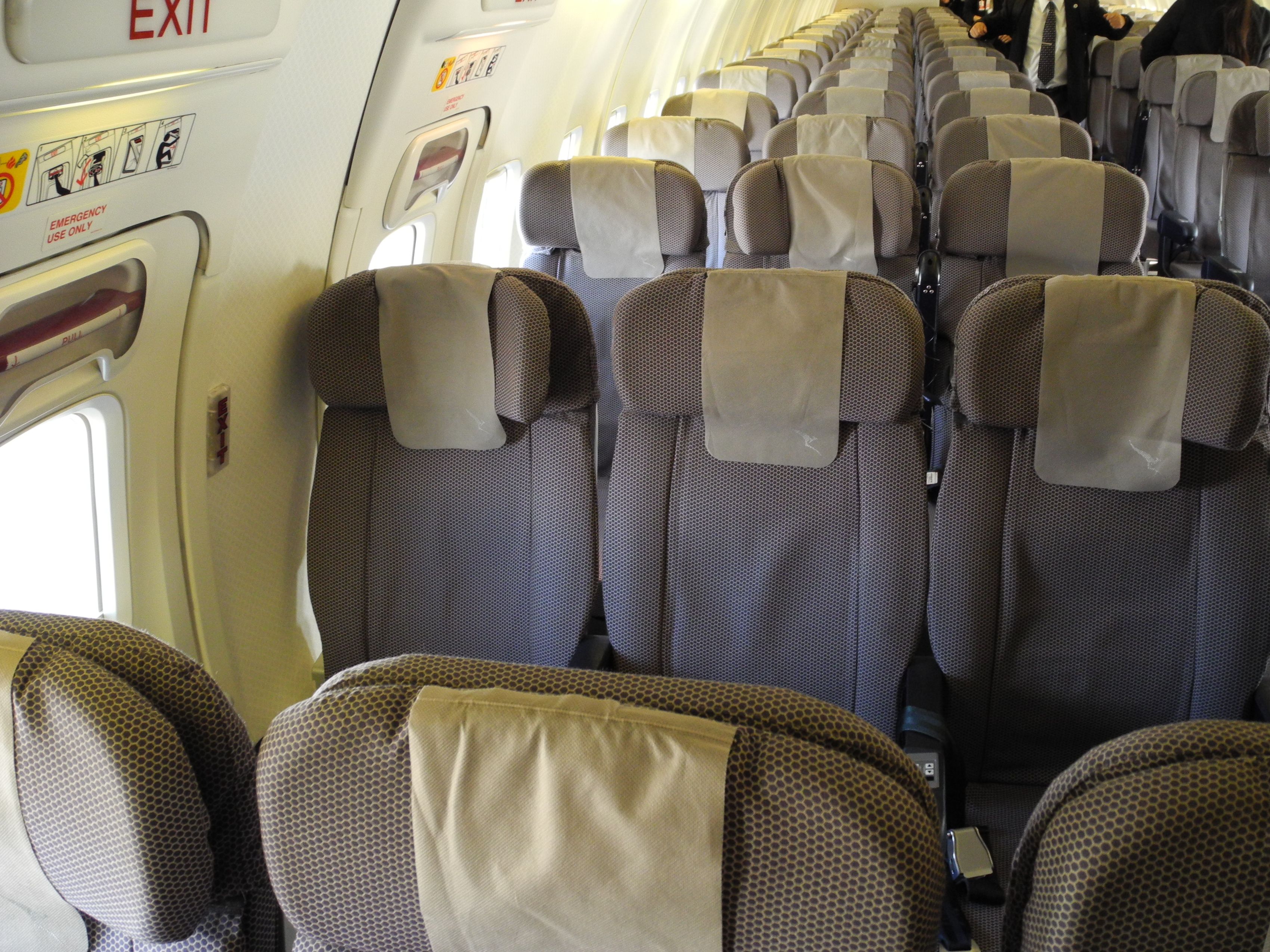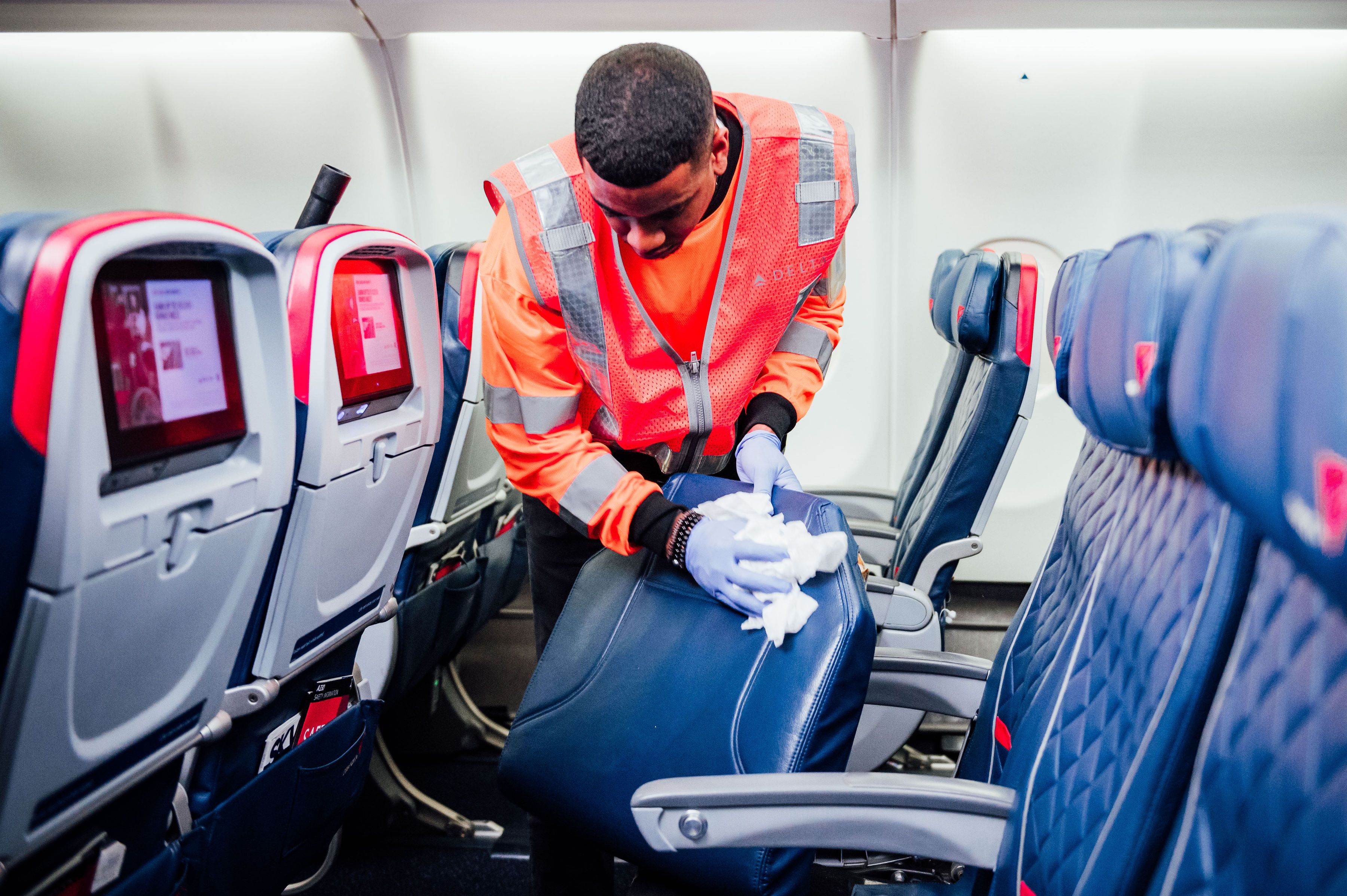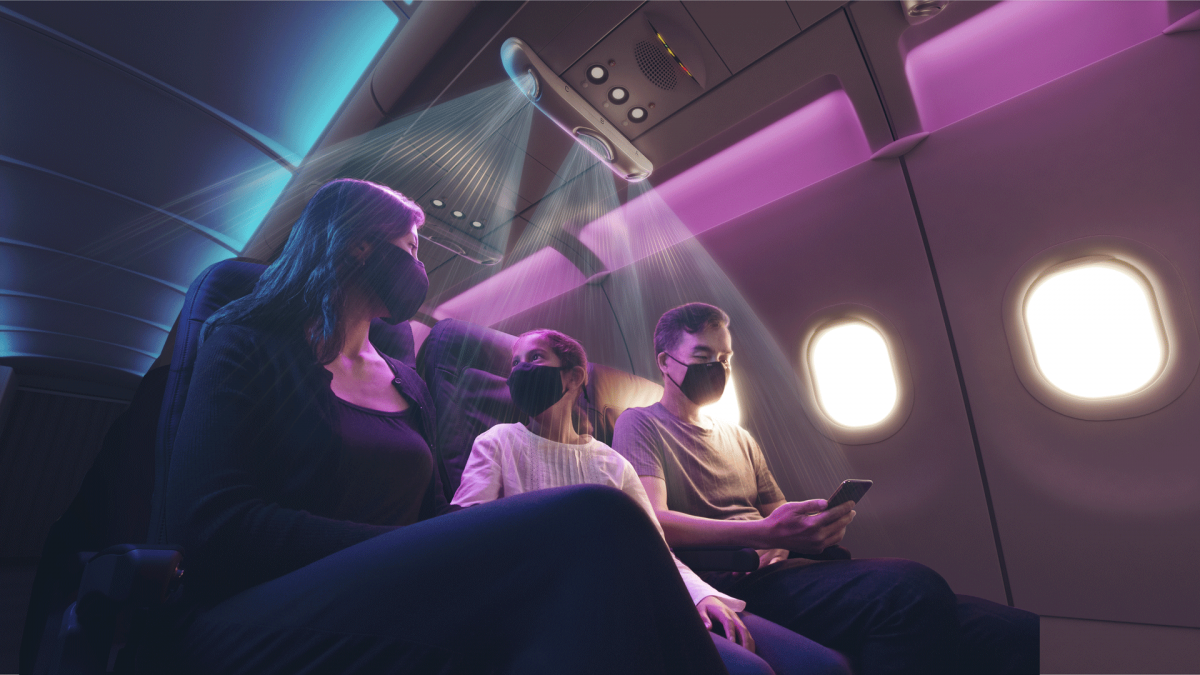Millions of people travel by flight on any given day. With so many people passing through an aircraft, it’s no surprise that planes are not the cleanest of places. Here are some of the dirtiest areas onboard a plane – some of which may come as a surprise to you.
Let’s start with the obvious: lavatories
No matter on the ground or in the sky, toilets are some of the dirtiest places, given the purpose they serve. Aircraft lavatories are small and confined spaces with numerous touch points (toilet seat cover, basin tap, soap dispenser, door handle, and so on) shared by dozens of passengers. North American regulation states that the minimum accepted ratio of lavatories to passengers is just one for every 50 passengers.
Flight attendants generally attend to the lavatories twice every hour. This is usually just to ensure there are sufficient paper towels and that surfaces are kept dry. Thorough cleaning is only carried out once a day by the technical operations crew.
This means that hundreds of passengers would have used a lavatory before it is properly cleaned. Furthermore, there are no laws governing how airlines should maintain the cleanliness of their aircraft lavatories.
The not-so-appetizing truth
Another part of an airliner that is widely notorious for being dirty is the tray table. Numerous studies have found that these tables are swarmed with bacteria – which isn’t very assuring, given that we have our meals on this surface. Studies have alarmingly found that tray tables contain up to eight times more bacteria than lavatory flush buttons.
For years, flight crews have warned travelers about the dirtiness of tray tables. Speaking to Best Life, flight attendant Arina Bloom said that passengers use the tables for a range of other (less hygienic) uses besides eating. These include resting their heads and changing a baby’s diaper. Another flight attendant, Linda Ferguson, told Reader’s Digest that she has seen passengers put their bare feet on tray tables.
If this bothers you, consider packing along some antibacterial wipes to sanitize your tray table on your next flight. You may also request some from the flight crew, since most airlines now stock wipes (more on this below).
Stay informed: Sign up for our daily and weekly aviation news digests.
Think twice before you stash your belongings away
Now, moving on to an unexpected place that is surprisingly said to be dirtier than toilets and tray tables – seat back pockets. Chances are, you would’ve put your phone, book, or snacks in this handy storage compartment to avoid constantly fishing things out of your bag. Maybe you’ve even left (or lost) a thing or two in here!
You might not want to ever use the seat back pocket again when you learn this: they are never actually cleaned. While lavatories are disinfected each day, cleaners only tidy up seat back pockets by removing trash and items left behind by passengers – so germs build up in here over time.
A study by the Canadian Broadcasting Corporation (CBC) found mold, yeast, bacteria, E. coli (which indicates fecal contamination), and other pathogens in aircraft seat back pockets. This is worsened by the fact that passengers often stuff waste – from tissue and half-eaten food to soiled diapers and used masks – into these pockets. You may want to think twice before stashing your belongings here.
Elsewhere on the aircraft
The seatbelt is expectedly one of the dirtiest places on an aircraft because it’s a common touch point between passengers, especially on airliners that operate multiple flights a day. While not as dirty as the other areas listed here, seatbelts are a breeding ground for mold and yeast.
Windows, even though not a common touchpoint, are hotspots for catching coughs and sneezes. If you enjoy sitting at a window seat, you might want to give this surface a wipe-down before gazing out. Passengers also often lay their heads here to sleep – which brings us to the dirtiest area on a plane: the headrest. The CBC study found that the highest count of bacteria and E. coli were found on headrests. If ingested, either orally or nasally, E. coli can cause intestinal infections that lead to abdominal pain, diarrhea, and vomiting.
Jason Tetro, a microbiologist who works in infection control, told CBC that he was most alarmed by the headrest results:
"I was shocked. Honestly, I have looked at planes, and I travel so much on planes, I'm aware of so many of the different places [where germs could be found]. But then I saw what you showed me with the headrest. And even I, the germ guy, went 'ew.'"
Cleanliness and hygiene in a post-pandemic world
Due to rising fears over contracting COVID-19 while flying, airlines have had to “step up their game” when it comes to cleanliness. In fact, it has become a sort of competitive point between airlines, with passengers choosing airlines with better hygiene practices.
Skytrax, the reputable aviation ranking site behind the prestigious Airline and Airport Star Ratings, even introduced its COVID-19 Airline Safety Rating to rank airlines in terms of hygiene practices. This is the world’s first COVID-19 Safety Accreditation for the airline industry.
These days, most major airlines employ High-Efficiency Particulate Absorbing (HEPA) filters on their aircraft, which can capture over 99.9% of viruses and bacteria. In addition, frequent aircraft sanitization and deep cleaning are carried out. Hand sanitizer and antibacterial wipes are also given out to passengers.
This change signifies a wider effect on the future of air travel – even big players like Airbus have begun working on offering a more hygienic experience for passengers by introducing a touchless toilet concept. In the same vein, AirShield, a patent-pending component that creates a protective barrier between each passenger seat, could soon be found on aircraft.
What are your thoughts on this? Do you practice any cleaning habits each time you board a flight? Let us know in the comments.

